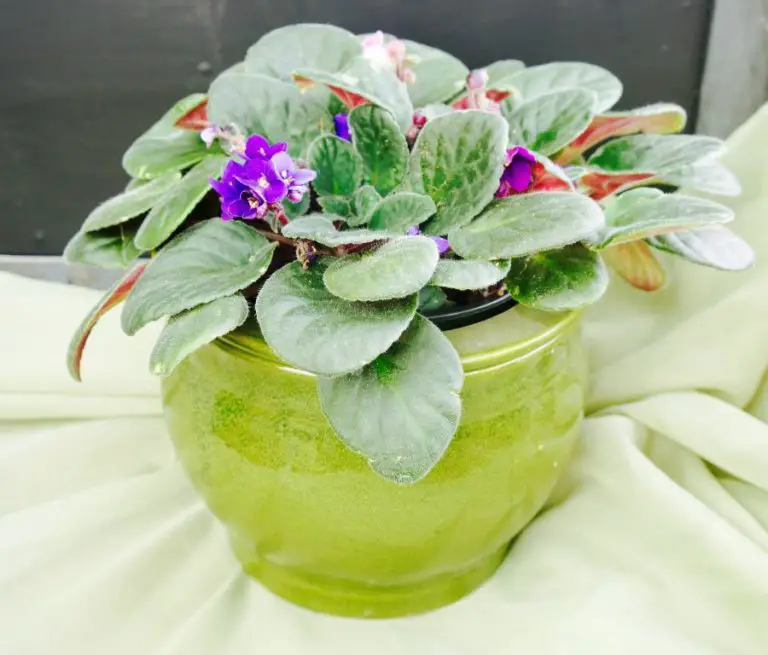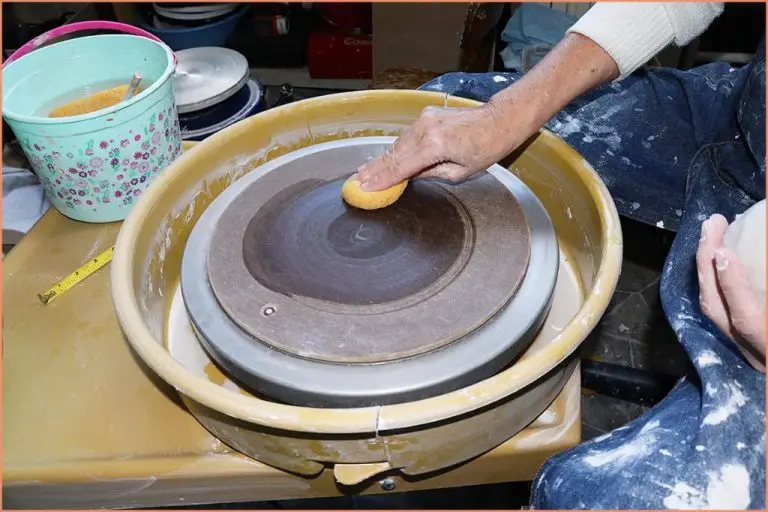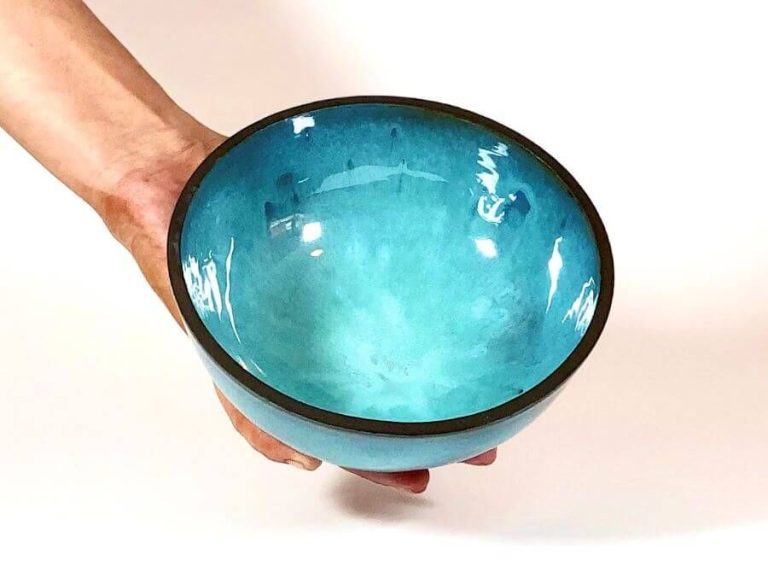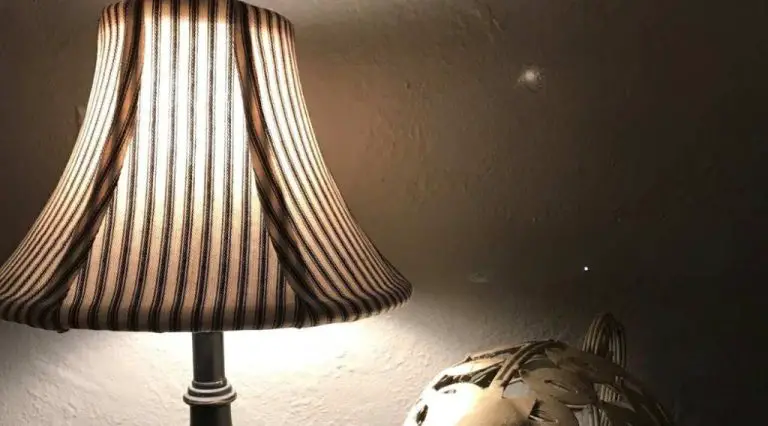Does Rub And Buff Hold Up Outside?
What is Rub ‘N Buff?
Rub ‘N Buff is a wax-based metallic finish used to create antique, distressed metal effects on items. According to https://www.blesserhouse.com/rub-n-buff-colors-tried-and-tested/, Rub ‘N Buff is a mixture of carnauba waxes, fine metallic powders, and pigments. It can be applied to many surfaces including metal, wood, glass, and more to give an aged, vintage look.
Rub ‘N Buff isn’t technically a paint. It contains no solvents and goes on smoothly with a creamy wax consistency. Once applied and buffed out, Rub ‘N Buff leaves behind a durable finish that resists chipping and peeling. It’s a simple way to update existing pieces with a new patinated look.
Using Rub ‘N Buff Outdoors
Rub ‘N Buff can be used on objects that will be displayed outdoors, but there are some important factors to consider for longevity and durability.
UV rays from sunlight can cause the wax-based Rub ‘N Buff to fade or discolor over time according to this forum discussion. It’s recommended to apply a UV-protectant clear coat sealant over the Rub ‘N Buff if the object will receive direct sun exposure.
Moisture is also a concern for outdoor use. Rub ‘N Buff is resistant to water, but is not fully waterproof according to product details from Bless Her House. Prolonged wet weather can cause Rub ‘N Buff to smear or wash away. Applying a sealant is key for outdoor durability.
Finally, temperature fluctuations outside can impact the wax-based formula over seasons. Hot and cold cycles may cause expansion and contraction that degrades the finish faster than indoor use according to Our Fifth House. Again, a clear top-coat can help protect the finish.
UV Rays
When exposed to sunlight and UV rays, the finish of Rub ‘N Buff can fade over time. UV rays can break down waxes, pigments, and dyes in finishes, causing them to lose vibrancy and sheen. According to reviews, Rub ‘N Buff holds up decently well, but not as long as some other metal and automotive finishes (Blesserhouse). Prolonged sun exposure will eventually cause Rub ‘N Buff to lose its luster and fade to a degree.
One way to combat UV ray fading is to apply a sealant over Rub ‘N Buff. A sealant can act as a protective barrier against UV rays. Automotive clear coats are commonly used for this purpose. Touching up faded areas annually can also help maintain Rub ‘N Buff’s color and shine.
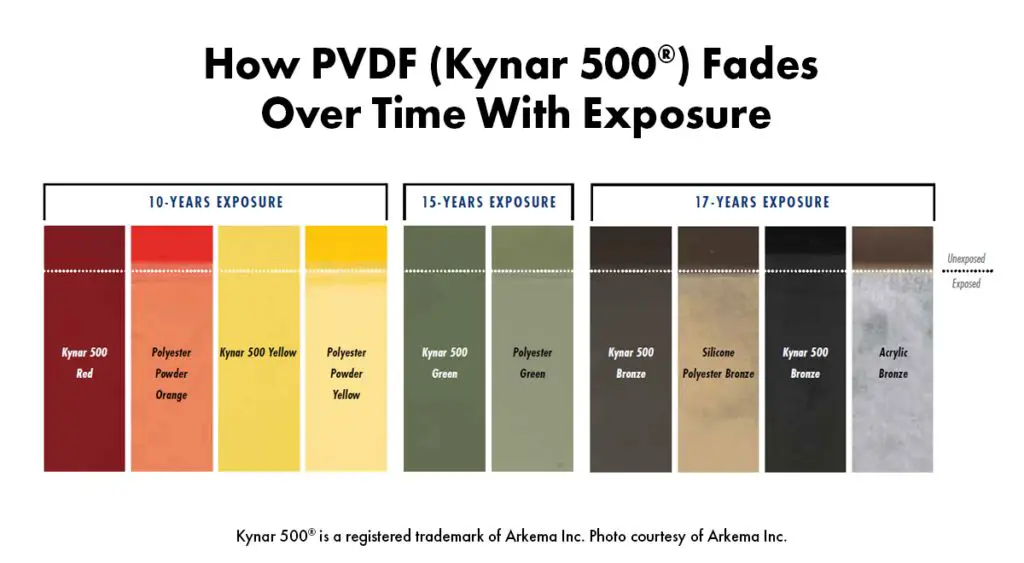
Moisture
Rub ‘n Buff contains metallic particles suspended in wax or oil mediums. While the wax and oil act as a sealant, they can break down over time when exposed to moisture.
Wet weather is a major concern when using Rub ‘n Buff outdoors. Rain, snow, and humidity can all contribute to wearing down the protective sealant over time. As the wax or oil medium erodes, the metal particles become vulnerable to oxidation and fading.
One source notes that retouching the Rub ‘n Buff once or twice per year is recommended for outdoor pieces due to the effects of moisture. Frequent checking after storms or long humid periods is advised to watch for signs of wear, and reapplying Rub ‘n Buff as needed to maintain the finish (Our Fifth House).
Sealing Rub ‘n Buff with a topcoat can help minimize moisture damage. But sealing may alter the original lustrous metallic sheen. Test sealing products on a small area first before applying to the entire surface.
Temperature Changes
Fluctuations in temperature can affect Rub ‘N Buff and cause the finish to deteriorate over time when used outdoors. According to one Reddit user, “It might be the temperature you’re working with. Rub N Buff is made out of a mixture of wax, pigment powder, and solvent. If you’re working in an area that is too cold, it may affect the curing process.”
Extreme heat or cold can cause expansion and contraction, which may lead to cracking or peeling. As one expert on The RPF forum explains, “It never dries completely. Clear coat will lay on top of it, but will not bond to it. A lacquer-based clear coat will work best. No matter what you do it will eventually wear off if subjected to heavy handling or extreme temperature changes.”
When using Rub ‘N Buff outdoors, it’s best to choose items that will have minimal exposure to dramatic temperature swings. Using Rub ‘N Buff on surfaces that experience high heat, such as car parts, is not recommended. Small seasonal changes are less likely to affect the finish.
Sealing Rub ‘N Buff
Rub ‘N Buff is an easy-to-apply metal leafing finish that creates a beautiful antique patina. However, some find that the finish can rub off or fade when exposed to outdoor elements over time. Applying a protective sealant over Rub ‘N Buff can help the finish better withstand exposure to weather and wear.
There are several sealant options to consider for protecting Rub ‘N Buff finishes used outdoors:
- Polyurethane – Applying a coat of water-based or oil-based polyurethane can seal and protect the Rub ‘N Buff finish. Multiple thin coats allow for even protection.
- Resin – Coating the surface with a resin like Mod Podge or Triple Thick glaze will impart a glossy seal.
- Automotive Clear Coat – A clear coat spray made for automotive finishes bonds well to metal leafing and provides a tough, durable seal against UV rays.
- Renaissance Wax – This microcrystalline museum-grade wax can seal and protect antique finishes.
When choosing a sealer, consider one formulated for metals that will resist yellowing and remain flexible to prevent cracking. Test sealers in an inconspicuous area first. Multiple thin coats of sealer tend to work better than one thick coat. Always follow the manufacturer’s instructions for proper application and drying time.
Sealing Rub ‘N Buff provides an added layer of protection, though touch-ups may still be needed over time when used outdoors. Proper sealing allows the beautiful patina finish to better withstand exposure to sun, rain, temperature changes, and wear (Source).
Touching Up Rub ‘N Buff
Rub ‘N Buff is an easy-to-apply metallic leafing that creates beautiful finishes, but it can wear down over time when exposed to elements. Thankfully, Rub ‘N Buff is designed for convenient touch-ups. According to the Southstar website, Rub ‘N Buff formulations contain carnuba waxes and fine metallic powders ideal for re-application (https://southstar.net/product/x234-rub-n-buff/).
To touch up areas where the original Rub ‘N Buff application has worn down or chipped, first clean and dry the surface thoroughly. Use a clean rag or paper towel with rubbing alcohol to remove any dirt, grease, or grime so the touch-up adheres properly. Allow the surface to fully dry.
Next, use a small brush or foam applicator to dab Rub ‘N Buff onto the area needing touch-up. Apply lightly and work into the crevices or cracks where needed. Rub ‘N Buff blends easily, so you can feather out the edges into the original finish. Let dry completely. You may need a couple coats to build up the Rub ‘N Buff to match the surrounding finish. Allow each light coat to dry before adding another.
With Rub ‘N Buff’s instant metallic colors and effortless application, touching up chipped spots or faded areas is fast and simple. Keep a tin on hand for convenient touch-ups anytime.
Best Practices
When using Rub ‘n Buff outdoors, there are some best practices to follow to ensure the metallic finish lasts as long as possible.
First, make sure the surface is properly prepared by cleaning it thoroughly prior to application. Wipe metal surfaces with mineral spirits to remove any dirt or grime (https://www.drivenbydecor.com/rub-n-buff-colors/). This helps the Rub ‘n Buff adhere properly.
Apply Rub ‘n Buff in thin, even layers and buff well before applying additional coats. Multiple thin layers provide better coverage and durability than one thick coat (https://ourfifthhouse.com/2012/07/rub-n-buff-how-to-easy-tips/). Allow each layer to dry for a few hours before buffing and applying the next layer.
Seal Rub ‘n Buff with a protective clear topcoat like polyurethane or lacquer once completely dry. This seals the finish and provides an extra barrier against UV rays, moisture, and wear and tear. Reapply the topcoat every year or as needed (https://ourfifthhouse.com/2015/10/rub-n-buff-to-rescue/).
Check the finish regularly for any signs of wear, chipping, or fading. Spot touch up any damaged areas promptly to prevent further deterioration. Rub ‘n Buff can be reapplied to refresh the look.
Avoid handling or touching pieces frequently, as this can wear down the finish faster. Consider placement carefully for items likely to be touched often.
With proper application and care, Rub ‘n Buff can provide a beautiful metallic finish to enhance outdoor décor and furniture.
Alternative Finishes
For artists and craftspeople looking for metallic finishes similar to Rub ‘N Buff, there are a few alternative products to consider:
DecoArt Metallic Lustre (https://www.therpf.com/forums/threads/rub-n-buff-replacement-decoart.226467/) – DecoArt offers a water-based acrylic paint and finish called Metallic Lustre that can be used similarly to Rub ‘N Buff. It comes in gold, silver, copper, and other metallic colors. However, it is thinner than Rub ‘N Buff wax and has a slightly different application.
Renaissance Wax Polish – This microcrystalline museum grade wax can be used to seal and protect painted metals. It helps bring out a subtle metallic sheen.
Mirka Metallic Powders – These are concentrated pearlescent metallic powders that can be mixed with mediums or clear finishes. They create a bright, shimmering metallic look on many surfaces.
Gold Leaf – Real gold, silver, or copper leaf can be applied for an authentic metal finish. The leaf needs to be sealed for protection outdoors.
Metal foil finishes – Adhesive-backed foil sheets in various metals can be trimmed and applied to add shine and luster.
Other oil-based metallic paint pens – Brands like Molotow and Krylon make metallic paint marker pens that work on metal, plastic, wood, and more.
Conclusion
Rub ‘N Buff is a popular metallic wax finish that creates an antique, aged look on various surfaces. When used outdoors, Rub ‘N Buff has some limitations in terms of durability.
The wax finish can deteriorate over time when exposed to moisture, UV rays from sunlight, and temperature fluctuations. This can cause the finish to fade, discolor, or wear away unevenly.
Applying a sealer over Rub ‘N Buff and touching up the finish periodically can help prolong its life outdoors. But alternative metal finishes like powder coating or anodizing may be better choices for long-lasting protection in outdoor environments.
In summary, Rub ‘N Buff can create a beautiful antique finish but requires extra care and maintenance on outdoor surfaces. Consider all factors carefully when deciding whether to use Rub ‘N Buff outdoors versus other more durable finishes.

